This article explores the concept of authenticity in art, focusing on abstract art. How abstract art provides a unique opportunity to examine the idea of authenticity. In creating authentic art, you will learn the importance of staying true to yourself and expressing your innermost thoughts and feelings. Overall, this article offers a thought-provoking exploration of authenticity in art and its relationship to abstract art.
Unpacking the Complexities of Authenticity in Abstract Art
Authenticity in art has been a topic of discussion and debate for centuries. The question of whether an artwork is authentic or not can significantly influence its value and the perception of the artist’s skill. Abstract art is a fascinating genre to explore the concept of authenticity, as it often relies on the artist’s interpretation and expression rather than a recognizable subject matter.
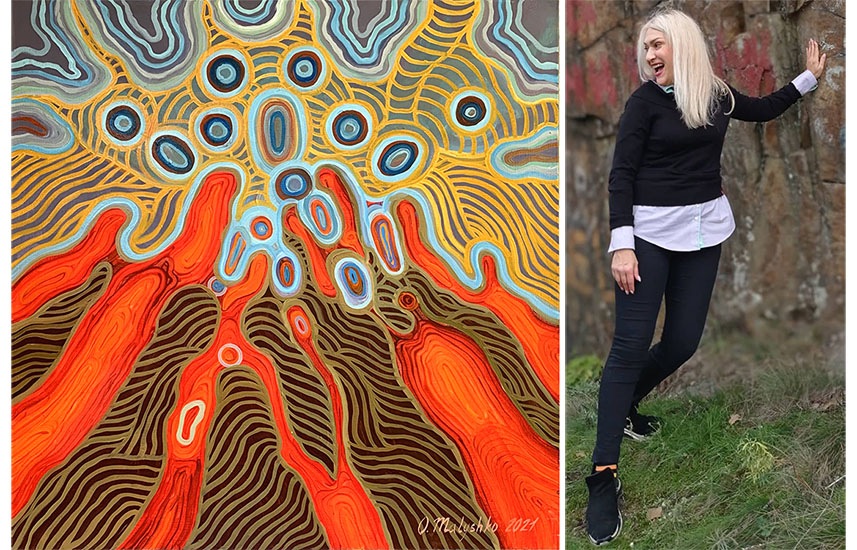
A Celebration of Whimsy: Exploring the Playful and Imaginative World of Whimsical Art
Whimsical art is a form of abstract art characterized by its playful, imaginative, and often surreal imagery. This type of art aims to evoke a sense of childlike wonder and curiosity in the viewer and showcase the artist’s unique perspective on the world around them. Whimsical art can take many forms, from bright and colorful paintings to intricate sculptures and installations. The use of bright, bold colors and playful shapes is also a common feature of whimsical art, creating a sense of joy and whimsy in the viewer.
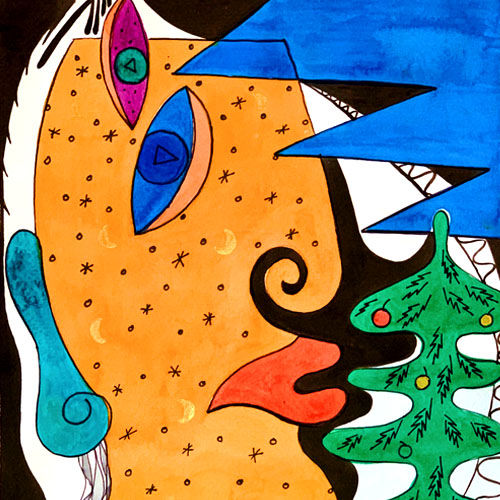
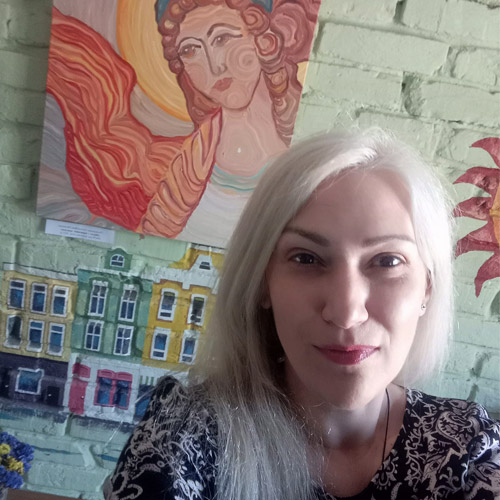

Whimsical art can also be highly symbolic, with artists using their creations to explore profound and complex themes. For example, the whimsical sculptures of Spanish artist Pablo Picasso are known for their use of symbolism and their ability to express complex emotions and ideas. His famous sculpture “Baboon and Young” is a striking example of his ability to create whimsical yet significant art.
Exploring the Rich and Vibrant World of Ukrainian Art: A Journey Through Tradition and Modernity
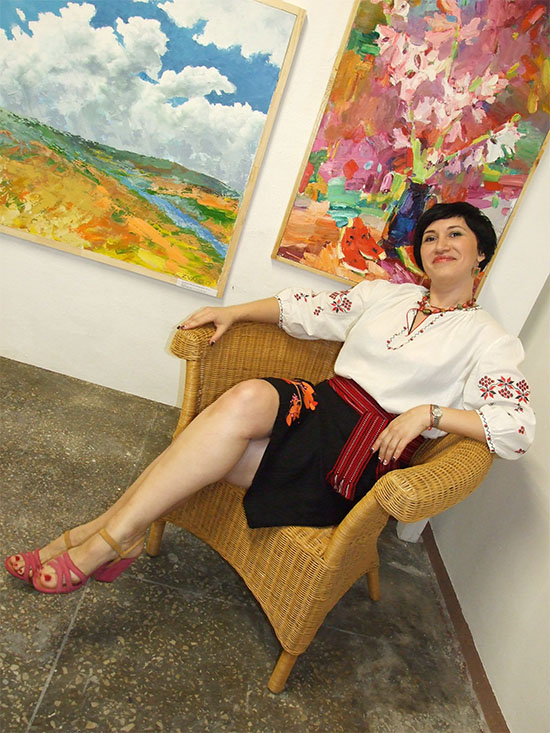
“The real art, it’s like taking a bath of ice and rainbows.”
— Galina Shevtsova, artist
Ukrainian art is a fascinating genre that encompasses various styles and techniques, from traditional folk art to more modern and contemporary works. This vibrant art form is deeply rooted in Ukraine’s history, culture, and traditions and draws on various influences from across the region and beyond.
One of the defining features of Ukrainian art is its use of traditional folk art techniques and motifs. These include intricate embroidery, colorful paintings, and intricate wood carvings, all of which reflect the rich cultural heritage of Ukraine. These traditional techniques are often combined with more modern elements and styles, creating a unique and distinctive form of art that is both timeless and contemporary. Ukrainian art is also characterized by its bold, bright colors and vivid imagery. Using these bright colors and motifs creates a sense of vibrancy and energy in the artwork, a hallmark of the Ukrainian style.
Pushing the Boundaries of Authenticity: Modern Art’s Experimental Nature
The concept of authenticity has become even more complex as artists experiment with new materials, technology, and ideas. As a result, some artists choose to create art that challenges the traditional notions of what is considered “real” or “authentic,” such as Marcel Duchamp’s “Fountain” sculpture, which is simply a urinal turned upside down and signed with a pseudonym.
Staying True to Oneself: The Importance of Authenticity in Art, According to Coco Chanel
Fashion icon Coco Chanel once said, “To be irreplaceable, one must always be different.” This quote applies to the art world, as artists strive to create works that are unique and authentic to their personal style and perspective. Authenticity in art is not just about creating something original but also about staying true to oneself and expressing one’s innermost thoughts and feelings.
In a blog article for The Art of Education University, art educator Caitlin Clauss discusses the importance of authenticity in art education. She writes, “Authenticity in art education is vital to creating meaningful experiences for our students. When students are encouraged to create from a place of personal meaning and expression, they can tap into their unique creativity and create art that is truly their own.”
Conclusion
Authenticity in art is a complex and subjective concept that can be explored in many different genres and styles. Whether through whimsical art, Ukrainian art, or modern art, artists strive to create works that are authentic to their personal style and perspective. As Coco Chanel said, being different makes one irreplaceable, and the same holds for the art world.
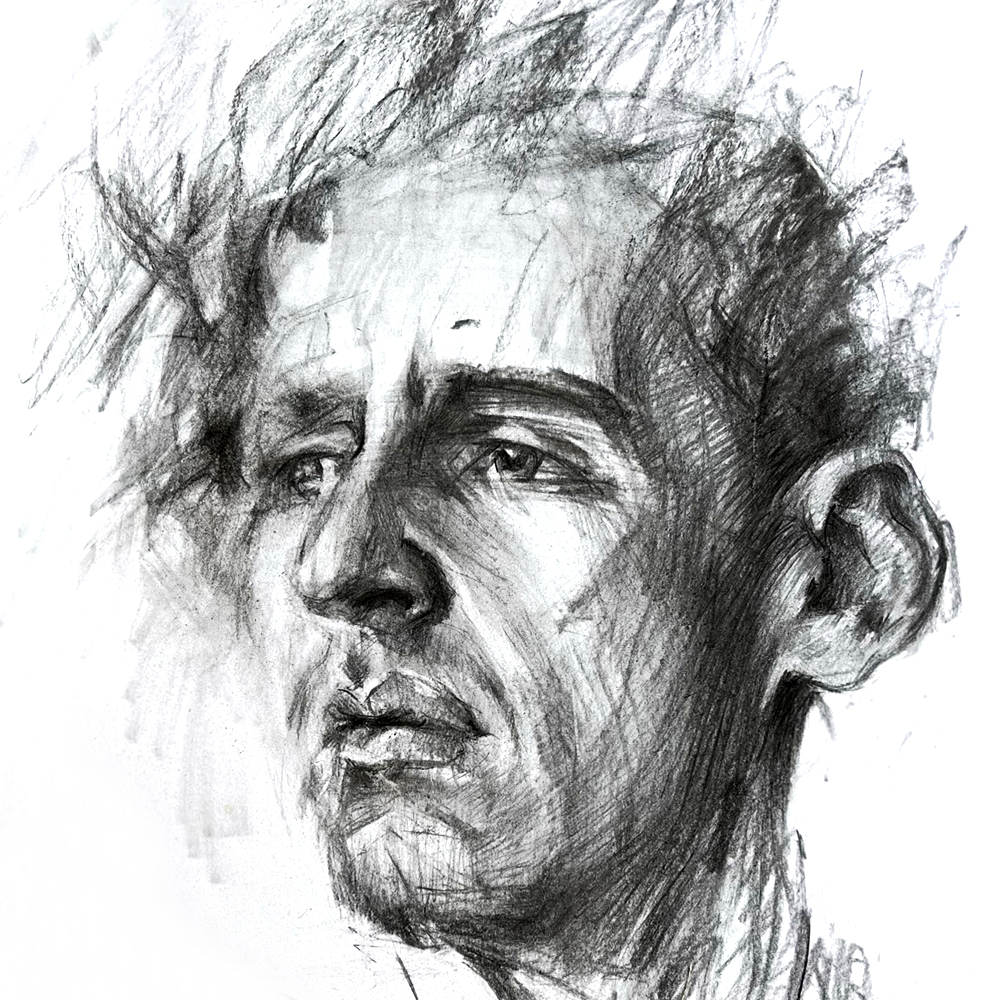

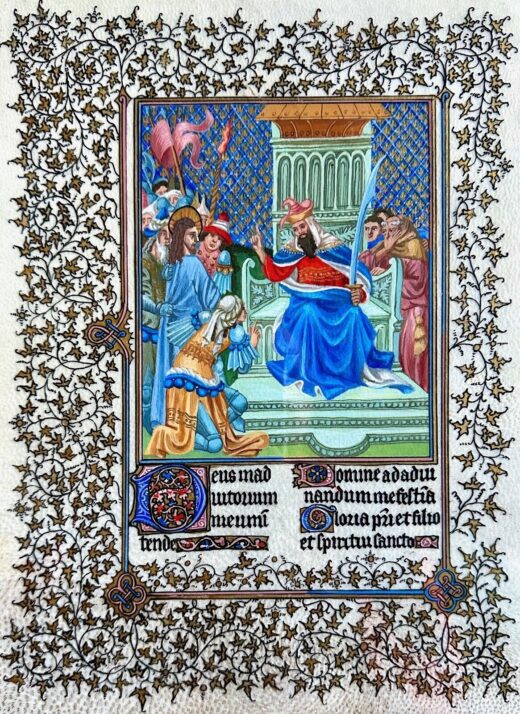
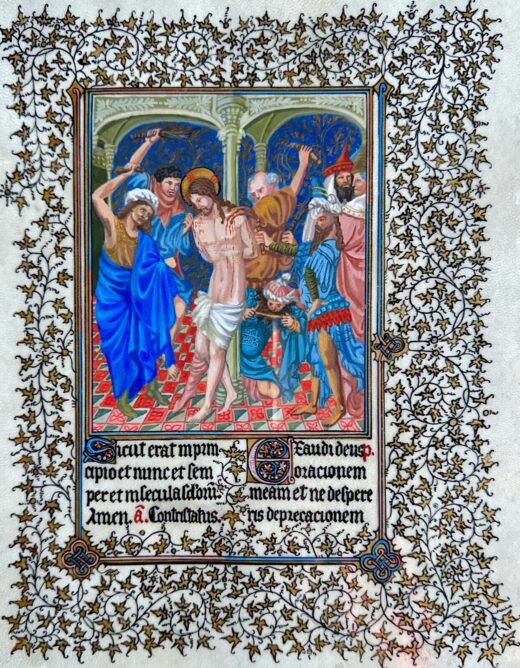
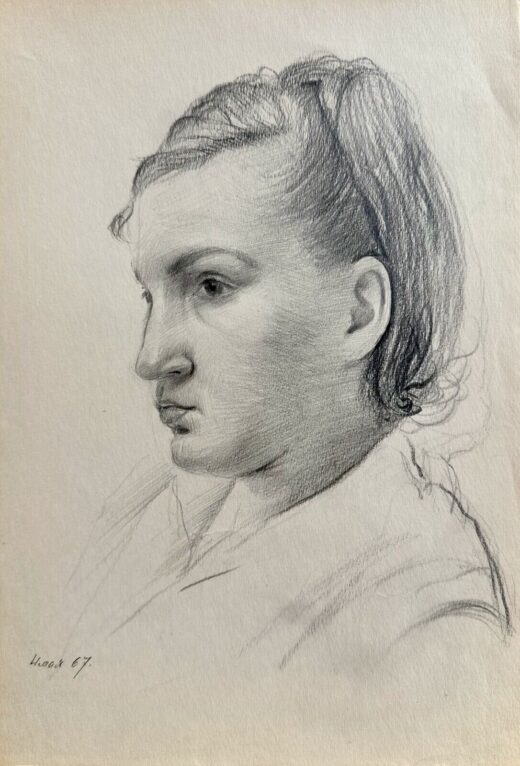
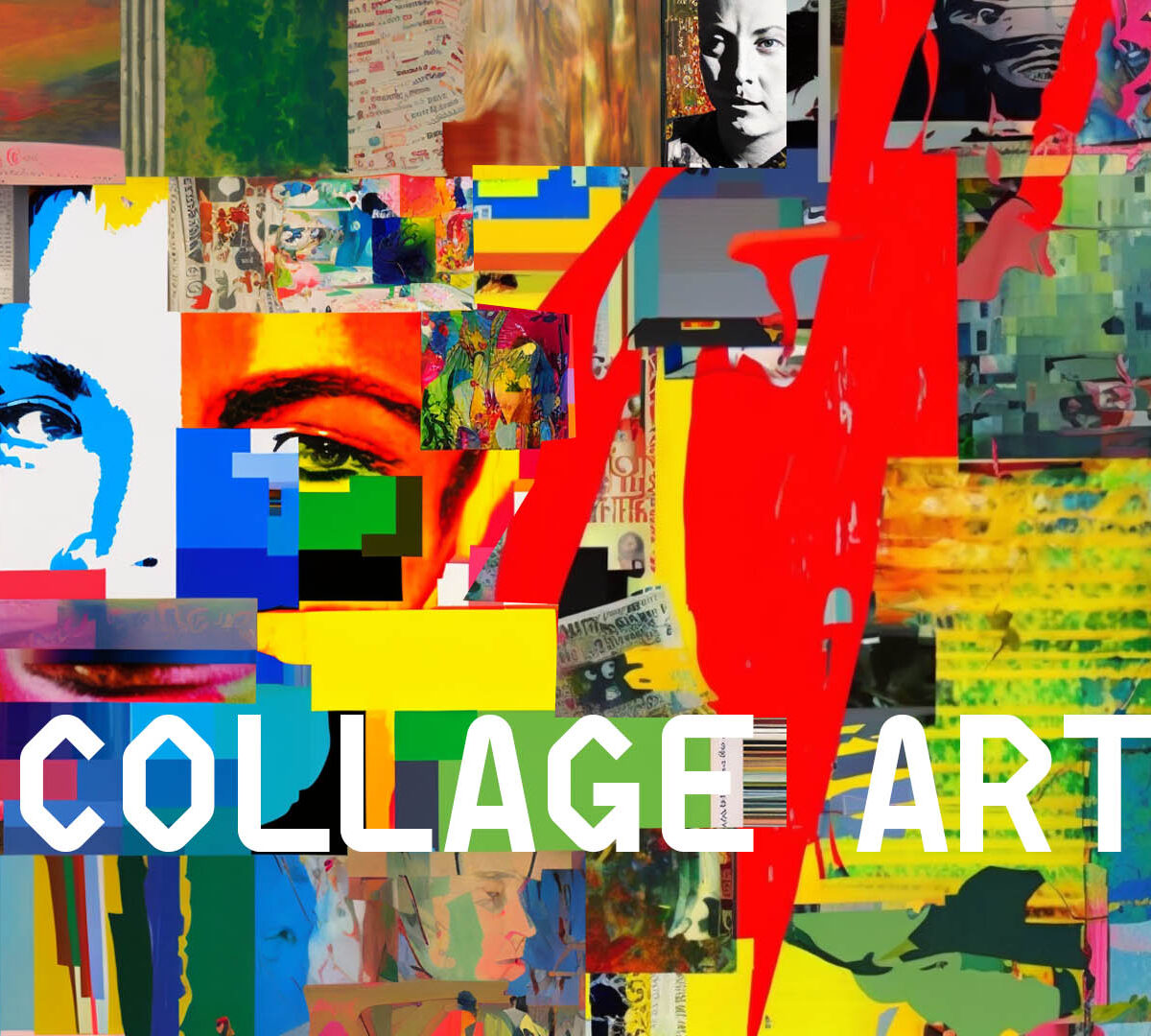
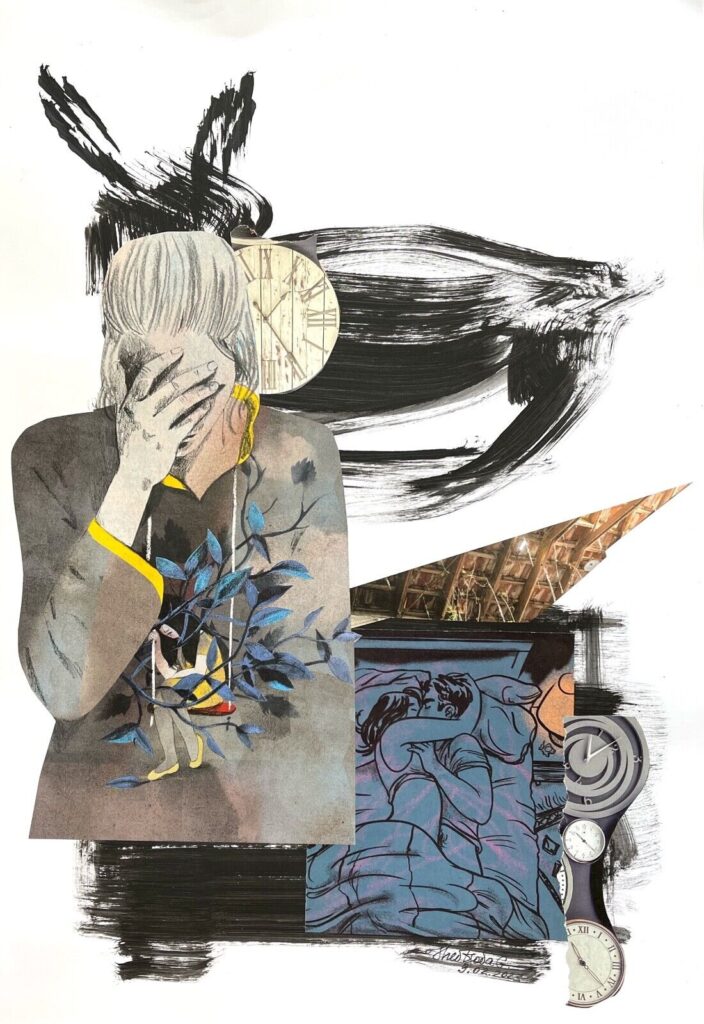
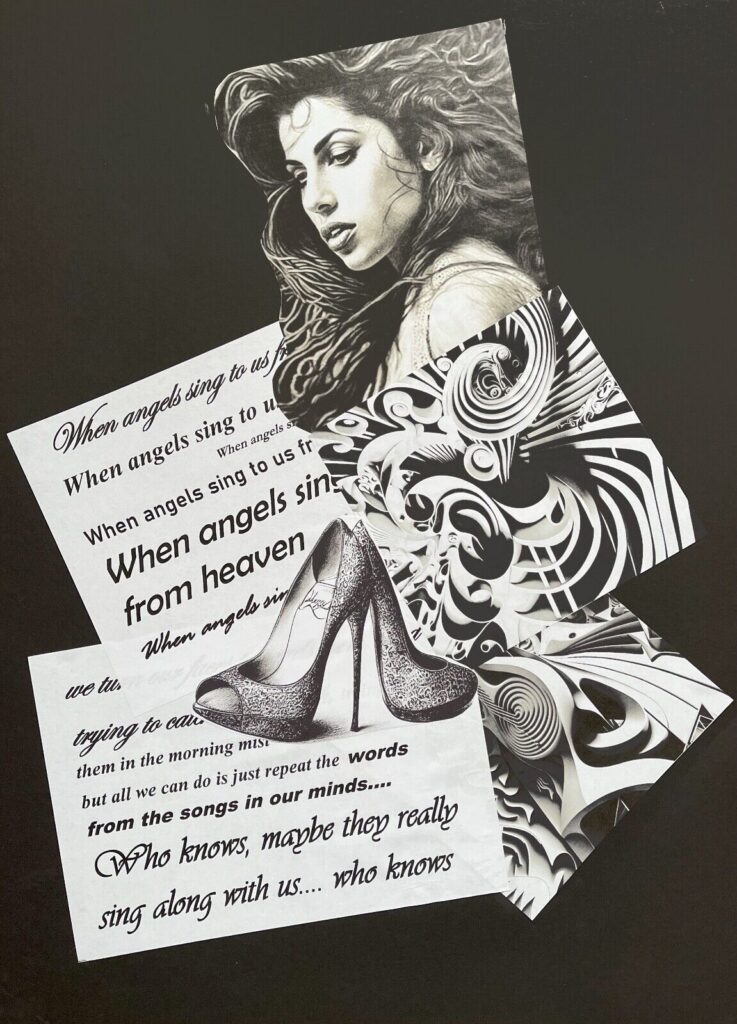
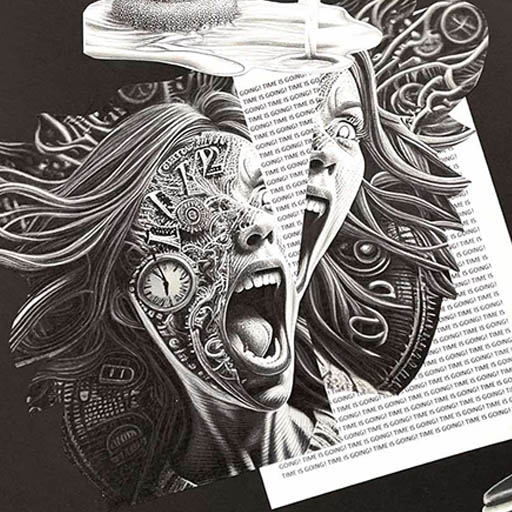

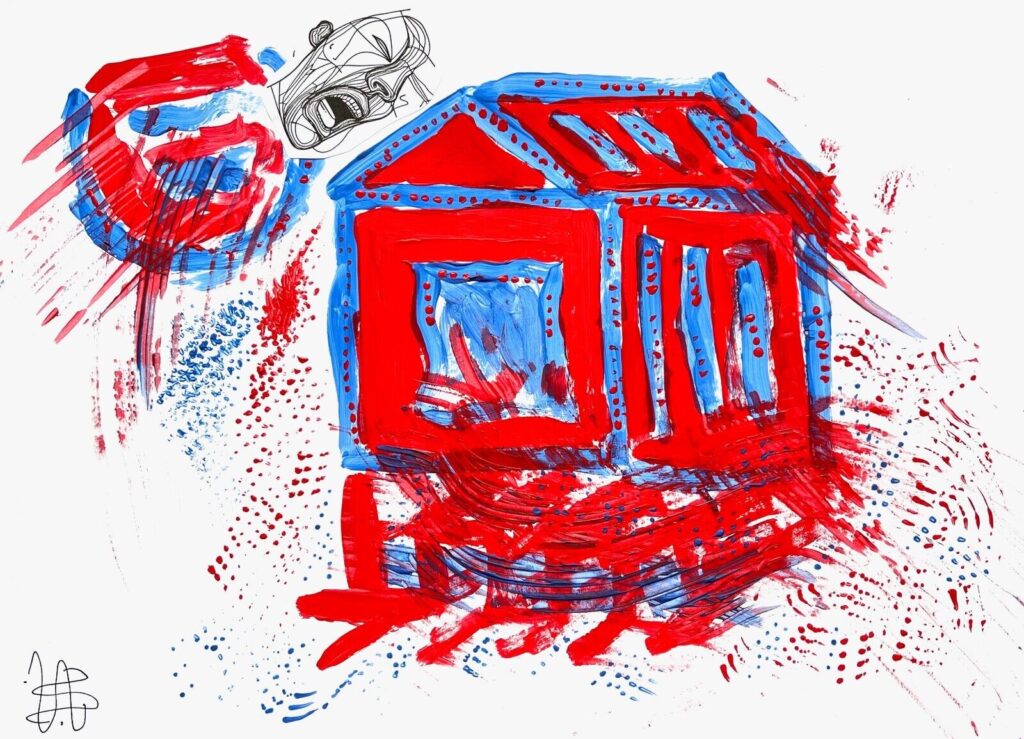

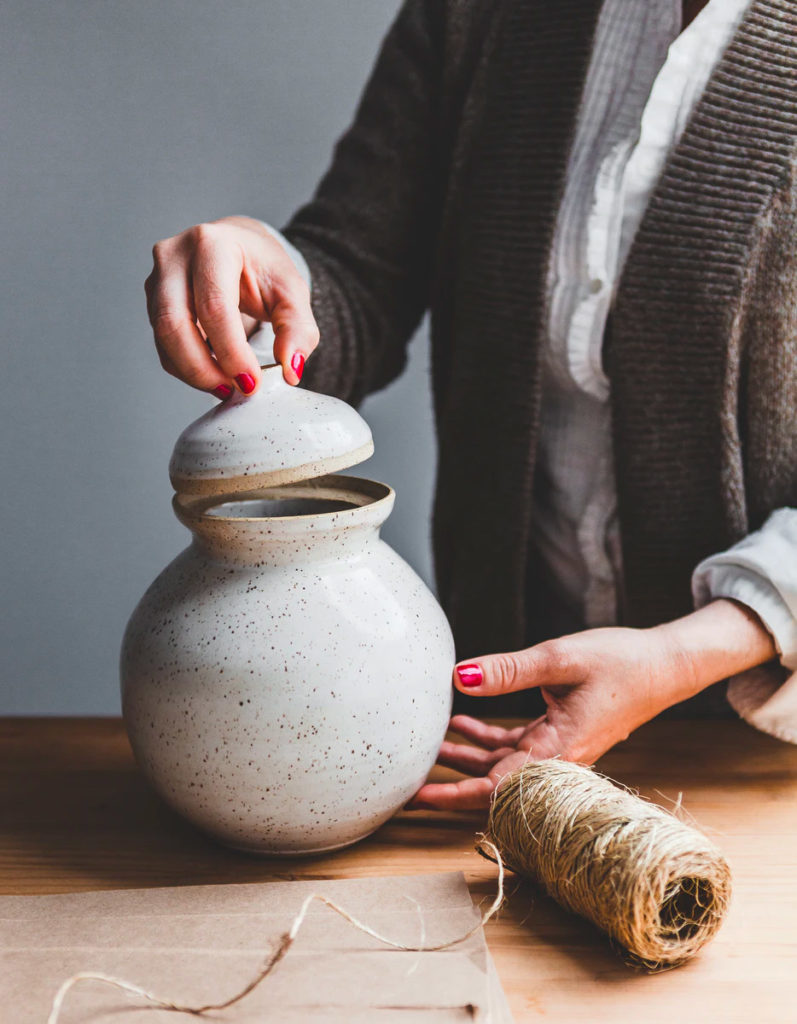
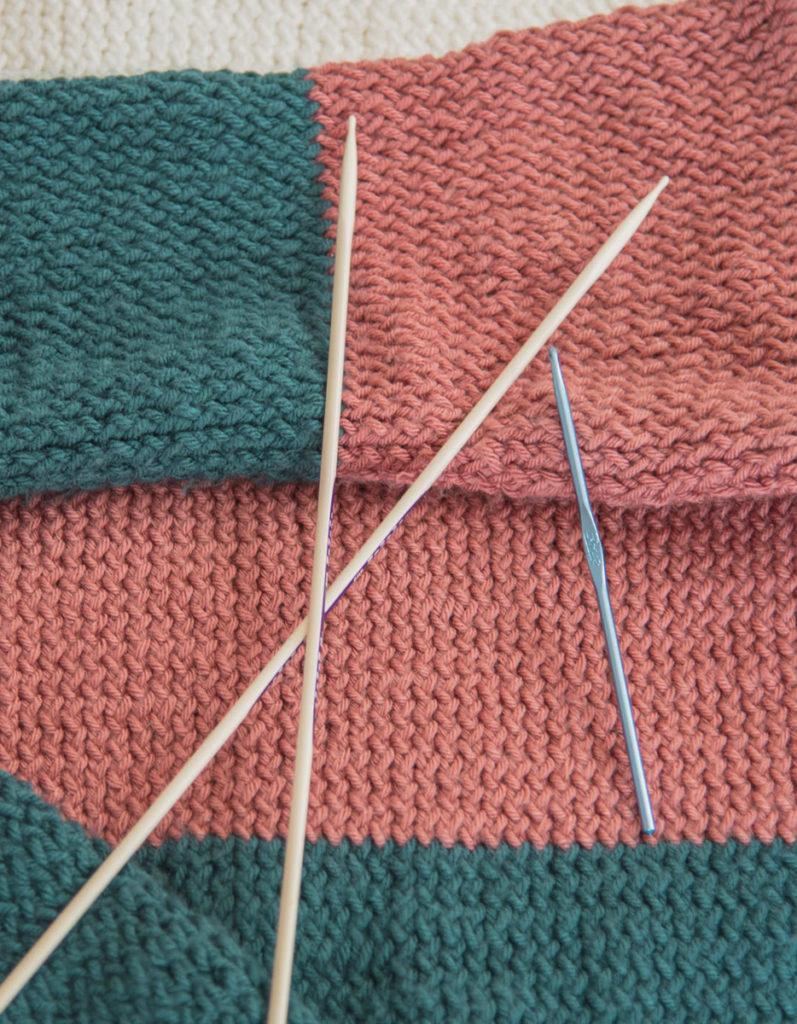



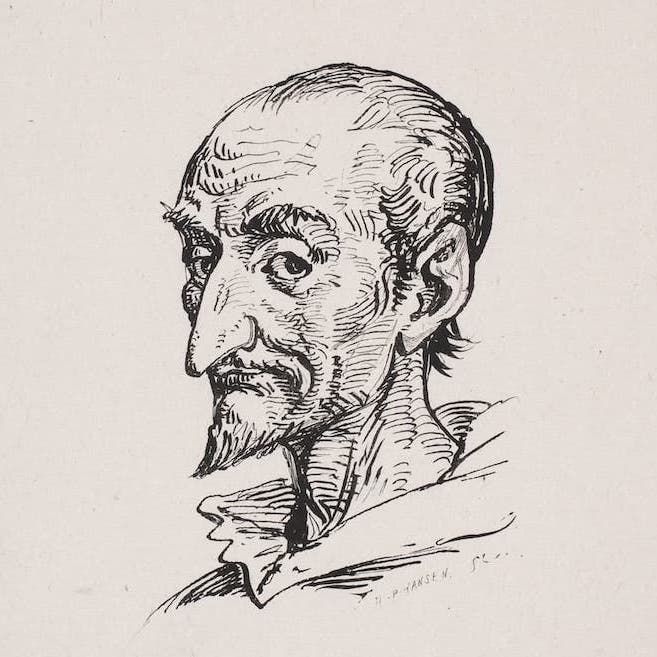







Leave a Comment